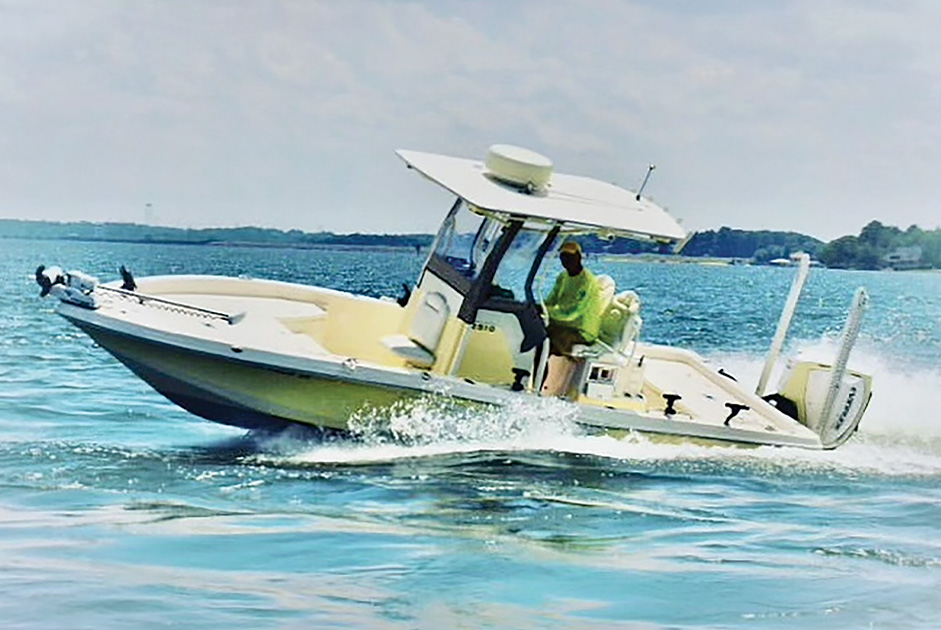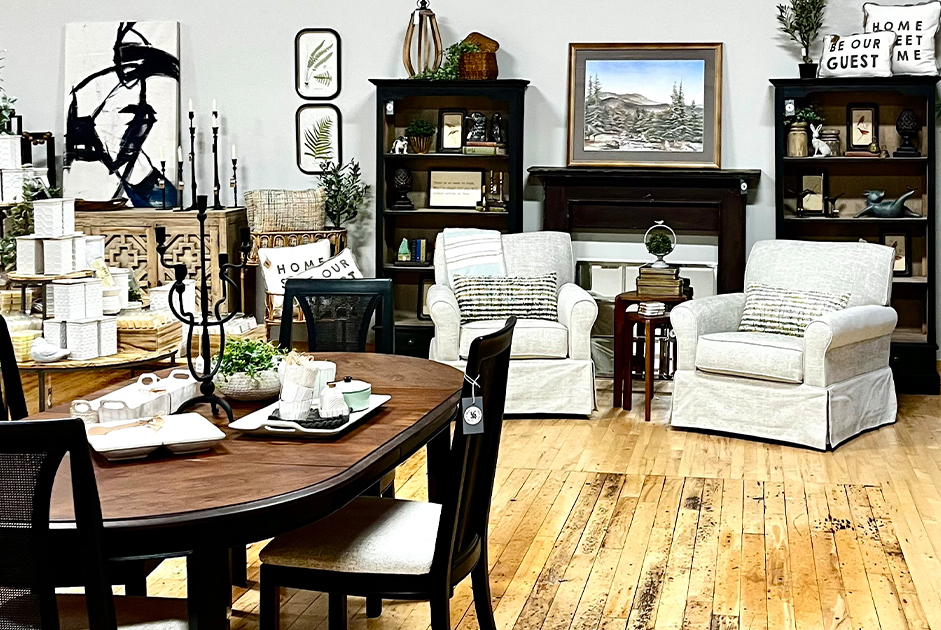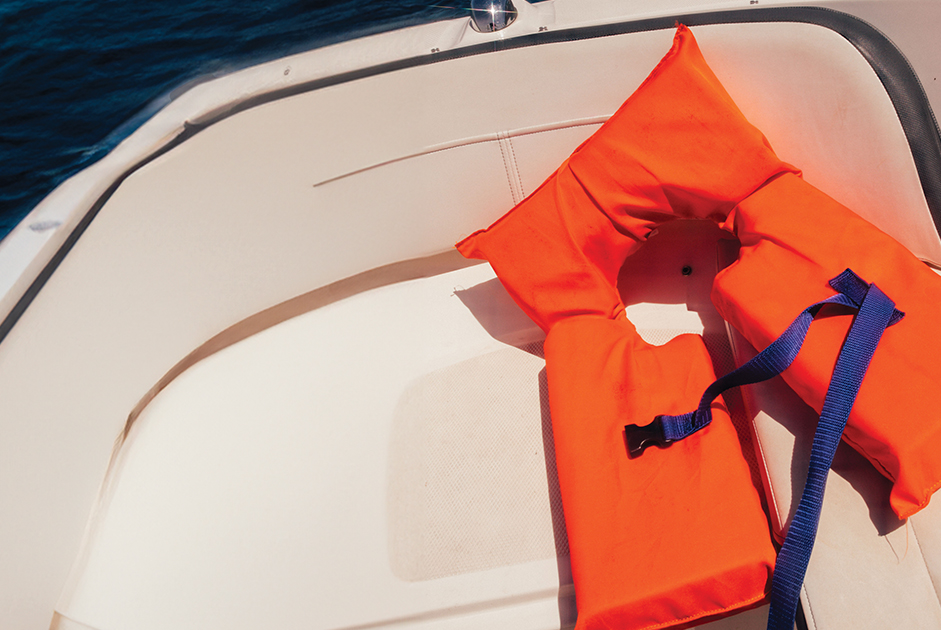BY MIKE MCGINNIS
Before venturing out to fish on Lake Norman to catch the “big one”, you might want to take note of the tips offered up by one of the most well-known anglers in the area.
Captain Gus
Gus Gustafson (Capt. Gus), a longtime owner of a fishing guide service known as Lake Norman Ventures, also known as “Fishing with Gus”, has helped people enhance their experience catching fish for many decades. Gustafson’s fishing career spans over 60 years. At the lake’s inception, he watched the bulldozers knockdown trees along the Catawba River that eventually formed Lake Norman.
Even though it’s a man-made lake, the waters of it start in the Appalachian Mountains, wander along Interstate-40 creating Lake Norman, eventually. The water travels to South Carolina ending up at Charleston, South Carolina. “I watched the developers flood the Catawba River to create Lake Norman,” Gustafson said. “In fact, in 1961, I was catching catfish, before they flooded it.”
Even though he knows where everything is under the waters of Lake Norman, fish patterns can change, he said. “You have to stay on top of your game if you are going to catch fish,” Gustafson said. And the more you fish and the more places you try, the better fisherman you are going to be.”

History of Lake Norman Fishing
For the first ten years, the fishing on Lake Norman was pretty good. Just about anybody that wanted to catch fish could do so. As the population on the lake matured, it got tougher to catch fish.
“All of a sudden, it took people that really understood fishing to be able to catch a lot,” Gustafson said. He added, “The more you know about the individual species, habitat, spawning and eating patterns of the fish, the more you will know about fishing in Lake Norman.”
Because developers bulldozed all of the topsoil, as a result there are no weeds in Lake Norman. So, there is no grass for fish to hide in. That is the biggest shock to newcomers. “When they (newcomers) come to the lake they want to know where the grass beds and lily pads are located,” Gustafson said. “There are none.”

Five Lake Norman Fishing Tips
To help people fish this lake, Gustafson says he tells folks that in order to catch fish on Lake Norman you have to learn where the fish are feeding. How do you do that? It all starts with a topographical map. Here are the top tips the veteran angler offers up for our readers.
1. First off, if you don’t know anything about fishing, fish docks, lake points, and any channel or shoal markers on the lake. All are set in 10 feet of water and are adjacent to deep water. Also, watch for seabirds diving for bait fish. The birds tell you exactly where the fish are without the use of a fish finder.
2. Use a topographical map to identify the lake’s creek channels, river channels, and old roadbeds. The fish use these pathways as their interstate highways and secondary roads much like humans travel. Where a creek channel or landmass comes to a point, that’s where the fish come up and feed, go back into the river and move on. Also, learn to fish edges, ledges and drop-offs. The map tells you where all of these spots are located.
3. Slowdown your boat and your bait. Some boats go 80 mph. “I don’t know a single fish that can swim that fast,” Gustafson laughed.
A fast boat tends to make people fish fast. The average bass swims about 10 miles per hour (mph). Use lures that ‘match the hatch’, meaning lure colors that are the same as the color of the fish. Most Lake Norman fish are gray, silver or black in color. In addition, dominant colored lures such as blue and green are also effective.
4. For newcomers, study the maps, get on the lake with somebody else, and watch where other people are fishing. If they are in a bass boat more than likely they are bass fishing. If they are in an aluminum jon boat more than likely they are fishing for crappie or white perch. And, if they are pulling lures behind the boat they are angling for catfish or trolling for hybrid-striped bass. So, circle these spots on your map. Fish go back to their same spots all of the time.
5. The best time of the day to fish is between one-half hour before sunrise and one-half hour after sunrise. This is when the largest amount of fish are caught. On a cloudy day that timeframe lasts longer. Don’t go fishing on the weekends and during a full moon.
Christmas Gift
Gustafson offers guided fishing tours at fishingwithgus.com. Holiday shoppers can find a Christmas gift idea such as a guided fishing trip on that website. For more fishing tips, Capt. Gus can be reached at gus@lakenorman.com. He also answers phone calls at 704-617-6812.



















